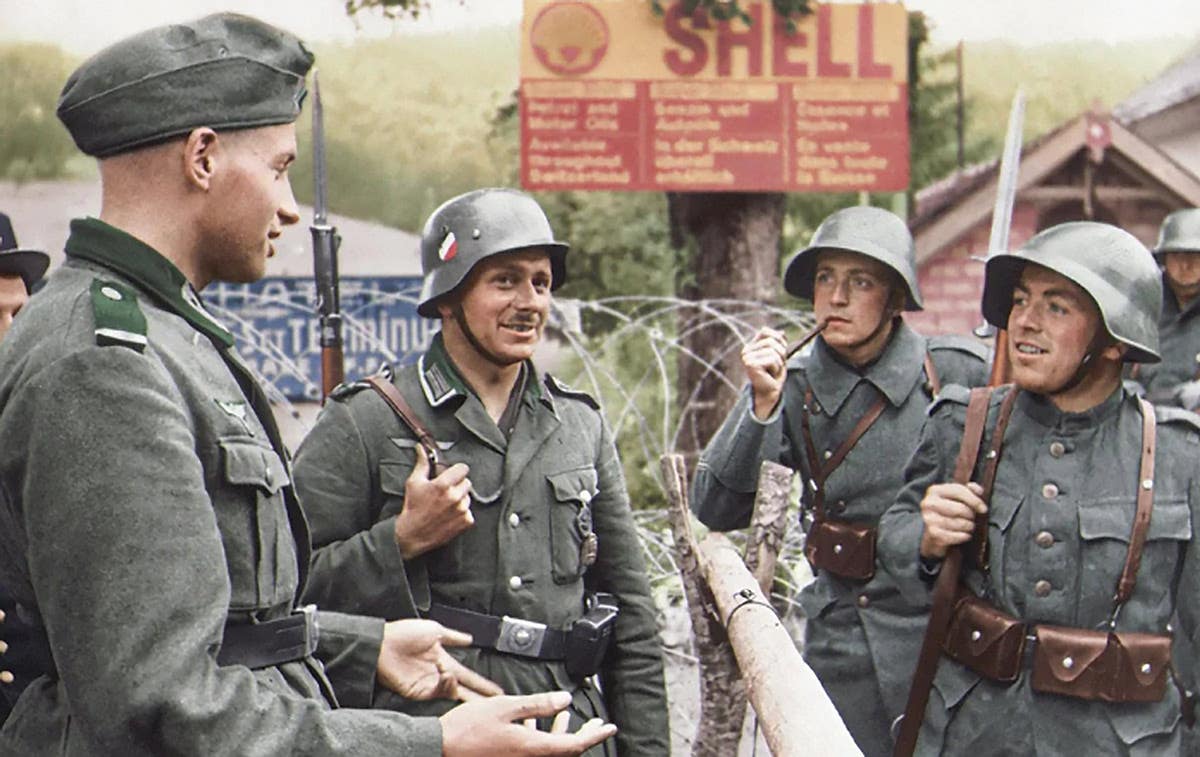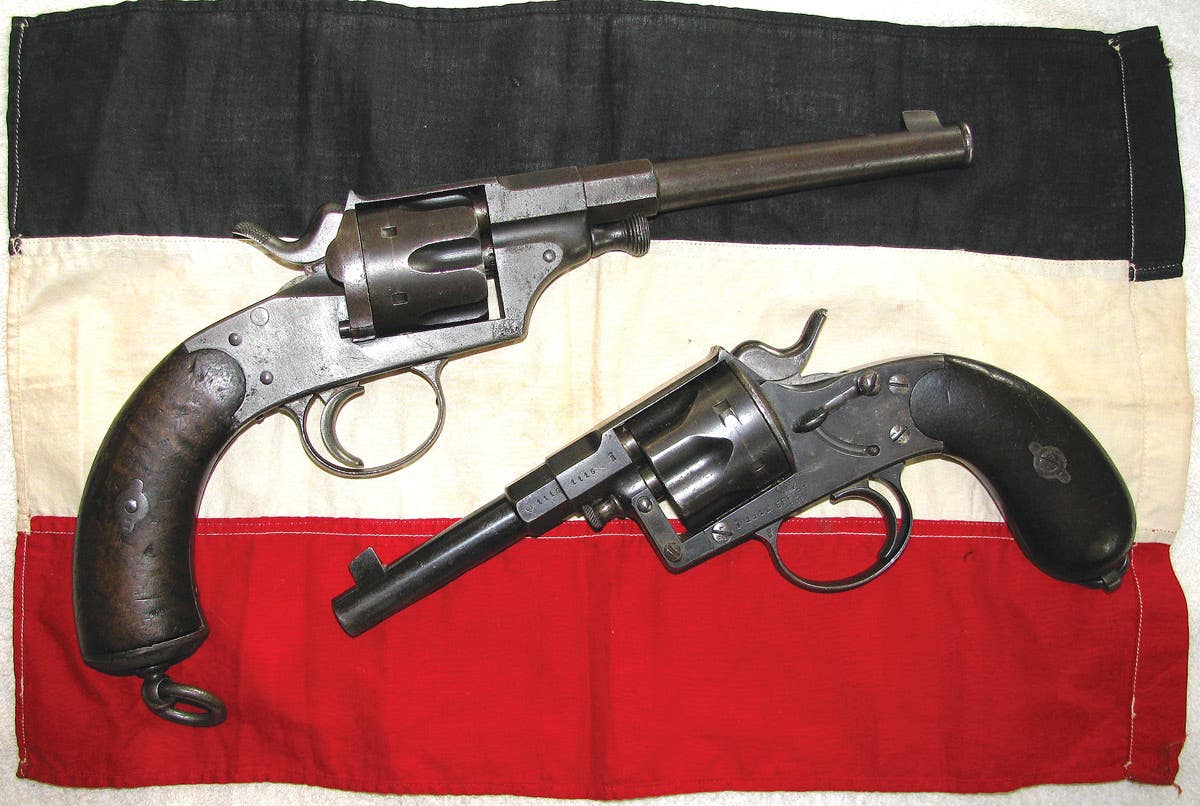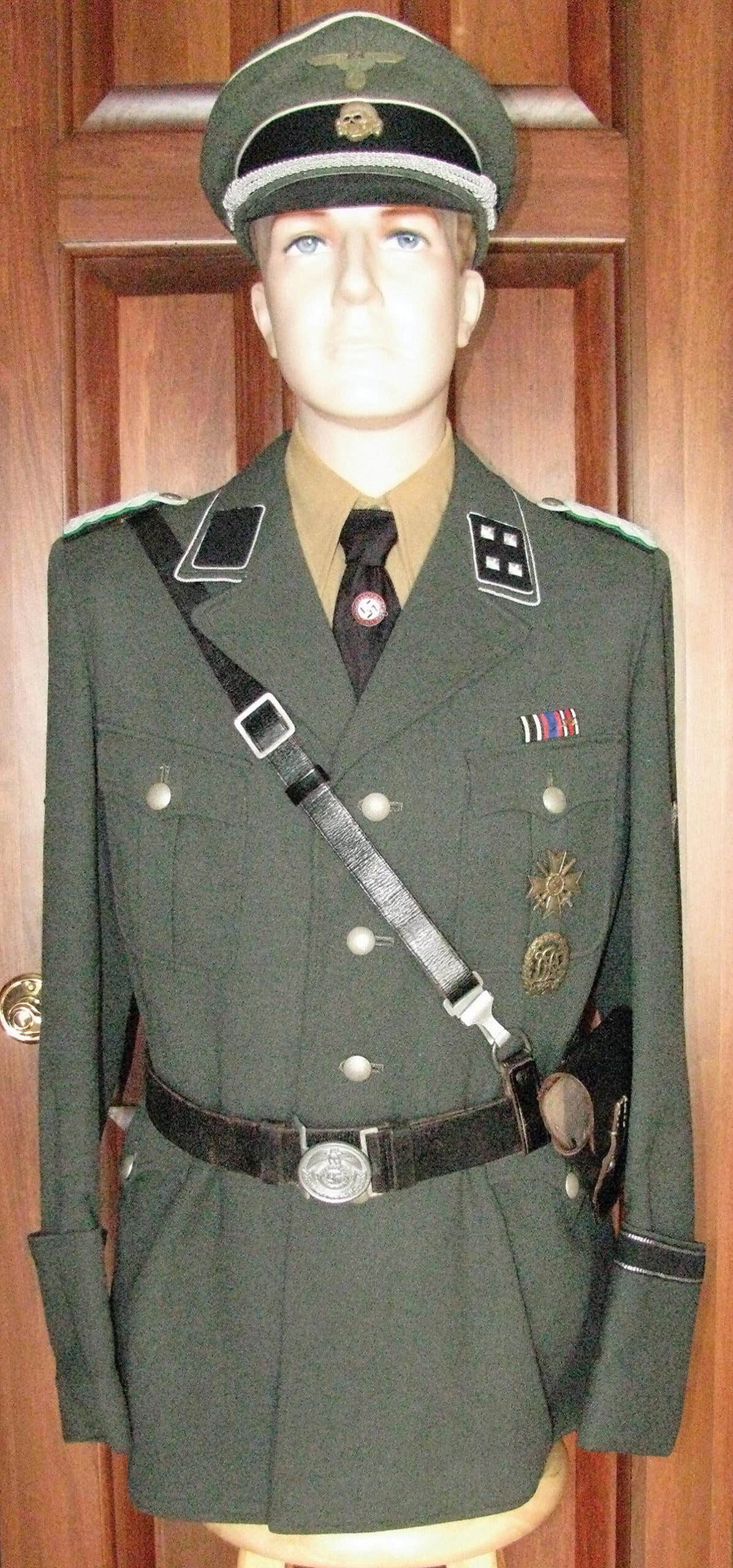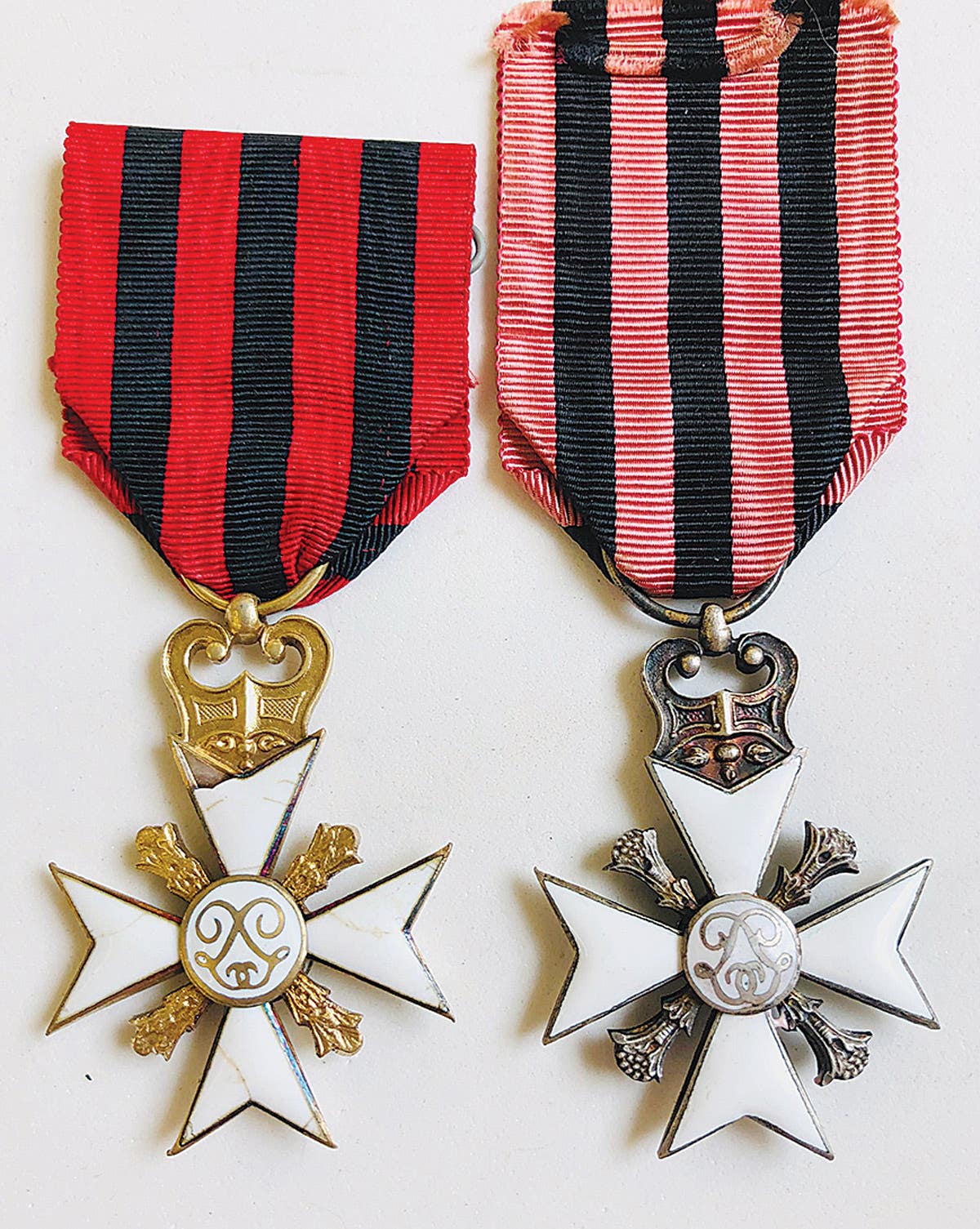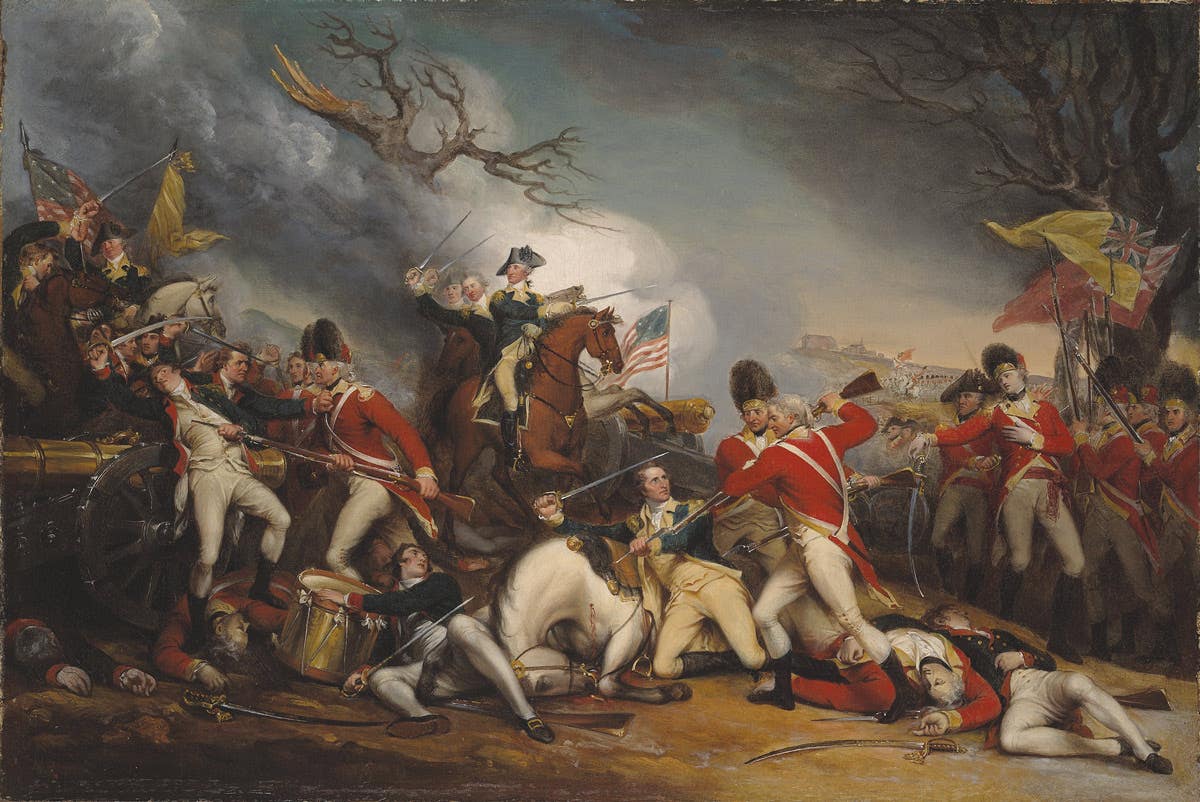Combat helmets of Nationalist China
The history of Chinese helmets is a long and complicated story, beginning with the Shang dynasty (circa 1600 BC to circa 1046 BC).
The history of Chinese helmets is a long and complicated story, beginning with the Shang dynasty (circa 1600 BC to circa 1046 BC). The earliest ancient Chinese armor was made of bronze, and the early helmets featured elaborate designs consisting of animal motifs. However, throughout most of the Shang dynasty, armor, including helmets, was worn almost exclusively by nobles. Helmets took on a less ornate appearance during the Zhou dynasty (circa 1046 BC to 256 BC), but still tended to be limited to those of significant importance.
Armor, including helmets, continued to evolve throughout the dynasties that followed. During the Tang Dynasty (618 to 907 CE), armor became more widely adopted by Chinese armies, while it was in the Yuan dynasty (1271 to 1368 CE) under the rule of the Mongols that iron helmets became more common. Several factors may have come into play, including the Mongols’ greater access to iron, which proved more effective at stopping enemy arrows and in deflecting melee attacks.
Armor and helmets underwent further changes during the Ming Dynasty (1368 to 1644 CE), becoming far more common, while the use of armor and helmets then greatly diminished during the Qing Dynasty (1636 to 1912 CE) thanks to widespread adoption of firearms. By the late 19th century, only the emperor’s immediate bodyguard wore armor of any kind, and most of those guards were nobles of the imperial family.
In the final decades of imperial rule, instead of helmets, an Asian conical hat, known as the dǒulì, was widely worn. Meaning “one-dǒu bamboo hat,” it evolved from the straw conical hats of the Far East into one that was more sturdy and rugged in design. It was worn by Imperial China Army forces in the Taiping Rebellion, the First Sino-Japanese War, and even as late as the Boxer Rebellion.
Nationalist Chinese Helmets: The French Origins
With the end of the Qing dynasty, China became a republic for the first time and its leaders hoped for a period that would see peace and prosperity. Neither was to be the case, however. China faced a long drawn-out period of civil war that lasted until 1949, devastating its economy. This era also saw the introduction of the first modern combat helmets.
According to authors Jean G. Dagnas and Yves Plasseraud, writing in Les Casques de Combat: du Monde Entier de 1915 à Nos Jours: Tome 3 (Les Editions PSD, France, 1996), “The first steel helmets worn by Chinese soldiers were French M15 Adrians distributed to Chinese workers employed by the French Army in France during World War I.”
More than 40,000 Chinese laborers were sent by their government to help with the war effort in non-combat labor-specific roles, and those men were issued the basic M1915 helmet, which, according to Dagnas and Plasseraud, was adorned with a simple “small iron disc on which the letters RF, for République Française, has been stamped.”
Following the First World War, in the 1920s, the Western-oriented Nationalists under Chang Kai-shek sought to modernize China’s military, and that included the adoption of the first steel combat helmets. Dagnas and Plasseraud further suggested that in the late 1920s, as France adopted the Model 1926, it sold off its older M15 helmets, with China buying an undisclosed number. Those helmets were equipped with new liners, repainted as necessary, and outfitted with French-made badges for the National Revolutionary Army (NRA), the military arm of the Kuomintang (KMT), the Chinese Nationalist Party. The NRA served as the de facto national armed forces of the Republic of China through the Second Sino-Japanese War, which began in 1937, and until the end of the Chinese Civil War in 1949, when the Communist forces under Mao Zedong gained control of the near entirety of mainland China.
The NRA also employed a locally made variant that is known in collector circles as the Model 15-26, as it has elements of both the M15 and the M26. According to research from Dagnas and Plasseraud, it was similar to the Model 15, except the shape was “flatter” and the comb was not riveted to the dome, instead being welded. How many helmets were produced is unknown, but they were likely produced in Shanghai and Anshan — the latter known in the era as “Steel City” and home to the Anshan Iron and Steel Works, a major producer of steel in China in the years before the Second World War.
It wasn’t just French helmets that were used in this period. Italian author and collector Paolo Marzetti offered that Austrian steel helmets were also refurbished in the post-World War I era and exported to China. An example of one is seen in Marzetti’s book Elmetti (Helmets) (Ermanno Albertelli Editore, Parma, 2003). The Austrian helmet is credited to the collection of the late Floyd Tubbs, but there may be some issues with the claim that it was used by China — a point we will explore. Austrian helmets were indeed exported after the war, with thousands sent to Afghanistan, but the single example in Elmetti is the only visual proof of any being supplied to the NRA.
Other sources suggest that troops in the “Tin Hat Brigade” of the Chihli (Zhili) Army wore either French or Russian M15 helmets. The Chihli Army was a warlord fighting force that was a rival of the National Revolutionary Army. The force was led by two successive Fengtian warlords, Li Jinglin and Chu Yupu, who followed the orders of Zhang Zuolin, the Fengtian clique’s overall leader. Its Tin Hat Brigade was an elite unit that seems to be one of the few “Warlord Armies” to be issued helmets.
The headgear were originally to be supplied to Chang Kai Shek’s forces, but were obtained by the Fengtian clique that was active in the Fengtian Province during the Warlord Era (1916-1928), which saw numerous factions attempt to seize control of key regions in China. How many helmets, or the exact source remains an issue of debate, but it is notable as such protective headdress was rarely seen employed by the Warlord Armies.
resembled the leaf pattern of the Mountain Bamboo tree. Flying Tiger Antiques
Copying the Japanese ‘Cherry Blossom’
Beyond producing helmets based on the French M15/26, the NRA also used a helmet that is similar to the Imperial Japanese Navy’s Model 1922 “Cherry Blossom” helmet. One such example is being offered for sale by Ron Burkey of Flying Tiger Antiques.
Described as the “Chinese Plum Blossom” or “Mountain Bamboo Helmet,” it was copied from the Japanese M1922 before the Second Sino-Japanese War.
“This helmet, called the Plum Blossom (to differ from the Japanese Cherry Blossom) or the Mountain Bamboo (because some Chinese thought the vent hole cover looked like the leaf pattern of the Mountain Bamboo tree rather than a blossom of either plant...) is encountered far less than its Japanese cousin, and always they look to have spent some time underground, or in poor storage conditions,” the Flying Tigers Antique’s description noted, while adding that the helmet is reported to have come from the estate of a Harvard graduate from Massachusetts.
The helmets are believed to have been copied from the Japanese pattern and reportedly produced in the Guangxi region of southern China in the mid-to-late 1920s. How many were produced or by which firms remains unclear.
but likely were adopted by the Nationalist officers. Peter Suciu
The NRA Sun Helmet
Tropical sun/pith helmets had been worn by nearly all of the European armies that sought to carve out a piece of China in the late 19th century. Moreover, the earliest British and French pattern “air tube” sun helmets were in use during the Taiping Rebellion in the 1850s and early 1861s. The Chinese even nicknamed the British infantrymen “Hats” in reference to their distinctive white helmets.
Just 80 years later, the NRA was also wearing European style tropical helmets. Philip Jowett noted in his book The Chinese Army: 1937-49 – World War II and Civil War (Osprey Publishing, 2005): “Some Nationalist soldiers wore a distinctive cork pith helmet of the polo style.”
There are a handful of known photos of Chinese troops, mostly officers, wearing European-made cork and Indian-made sola pith helmets in the early stages of its conflict with the Japanese. It is also unclear, however, if the NRA contracted with any firms to buy these helmets, but the more likely answer is that these were offered for sale to Europeans in Shanghai and Peking, and were pressed into service by Chang Kai-Shek’s forces.
The German M35 in NRA Service
One helmet used by the National Revolutionary Army has gained a level of infamy — namely the German-made Model 1935 steel helmet. Dagnas and Plasseraud suggested that some surplus World War I helmets from Germany were exported to China, but visual evidence is lacking. The politics of China were also complex in the years after the First World War, and didn’t “stabilize” until 1928. It is believed that the first German M35 helmets didn’t arrive in China until sometime in the summer of 1935.
What is especially noteworthy is that the National Revolutionary Army’s helmets came from the early production lots of the German M35, meaning that China began to receive the helmets before the Wehrmacht was fully equipped. Marzetti claimed that as many as 220,000 helmets were manufactured for export China, but that numbers haven’t been confirmed.
According to respected collector and researcher Mark Dillenbeck’s Steel Helmets of the World Wars website, “The Chinese contract helmets were made by the Eisenhuttenwerke firm and the Sachsische Emailler und Stanzwerke A.G. firm and are stamped with manufacturer codes ‘ET’ and ‘SE’ respectively. The ET helmet lot numbers range from 2790 to 3022. The SE ones run from 2072 to 3120 [while] the paint color on the known specimens is always green parade finish for the ones exported to China.” Dillenbeck clarified that those are the currently “known” lot numbers, based on surviving examples
The helmets feature the Chinese nationalist multi-pointed white star on a blue sky circle on the left side. It is important to note this was not a decal, but was applied by a stencil.
The use of German helmets may seem confusing nine decades after the fact, but it must be remembered that during the early Nazi era, Germany provided China with military equipment, including small arms, while Berlin sent advisors under the command of Colonel-General Hans von Seeckt. Those advisors recommended German military equipment, weapons, and even helmets. The military hardware was provided to 10 German-trained divisions that formed the backbone of the National Revolutionary Army.
By the mid-1930s, about 80,000 Chinese soldiers had received German-style training, but the supply of helmets and other equipment to the Nationalists ended before the Second World War broke out due to several factors. The first was that foreign orders were delaying supplies to the German military, and after the KMT lost Nanjing and retreated to Wuhan, Hitler’s government decided to withdraw its support of China and turn decisively towards Japan, seeing it as a more reliable and effective ally in the region. As Germany moved closer to Japan, it left Chiang Kai-shek’s forces to look elsewhere for military support. That fact may explain why some NRA units adopted the aforementioned sun helmets.
More on the M35 Pattern Helmet
There are two noteworthy side points about the M35 helmets. The first is that after 1938, when aid from Germany diminished, the NRA produced a small batch of domestically made M35 style helmets. These are believed to have been produced by a small number of firms in Canton (Kwandung), but the quality of steel was vastly inferior to that of the imported helmets. How many were produced remains a mystery, and very few are known to have survived.
The other part of the story is that at least some units of the Nanjing National Army (Nan-Ching Army), one of the collaborationist Chinese forces that were operated by puppet governments established by Imperial Japan, may have worn M35 helmets. Also known as the Peacebuilding National Army, the Nan-Ching Army it was under the command of Wang Jingwei, and employed similar insignia as the Kuomintang, meant to project itself as the legitimate successor to the pre-1937 Nationalist regime.
Due to its questionable loyalties, the Nan-Ching Army was never fully trusted by its Japanese patrons. Initially, the Japanese restricted their access to heavy weaponry and modern equipment. Photographic evidence shows the Nan-Ching Army’s troops often relied on Japanese uniforms but continued to wear the “Nationalist” insignia, including cap badges. The only difference was that these were painted with a red outer circle not present on the KMT insignia. As Japan’s military position in China deteriorated, reliance on the Nan-Ching Army increased, and it received more modern weaponry.
What is important to know is that in July 1941, Germany officially recognized Wang Jingwei’s puppet government in Nanjing, and that there is one known photo of a Nan-Ching Army soldier wearing the German M35 helmet. The source of the helmet is unknown, but it was likely captured from the NRA rather than being supplied to the collaborationist forces. It is possible that the staged photo was for propaganda purposes, but what is unique is that the helmet features one of the aforementioned cap badges rather than a decal. No known survivors of the M35 with Nan-Ching Army insignia are known to exist.
The British Style and American M1 Helmets
Beyond the French and German-supplied steel helmets, the Chinese Nationalists also relied on literally any other helmets available. According to Marzetti, that included a commercial British mining helmet produced by Head Protectors Ltd., and during the 1930s, possibly as Germany pulled its support, China began to produce an indigenous copy of the British Mk I. It was primarily used by artillery crews. Instead of stenciled insignia, an enameled cap badge was brazen to the front or side.
Captured Japanese Type 90 steel helmets and even Japanese tropical helmets were also utilized in small numbers during the war, some outfitted with cap badges. Collectors should be cautious, as it may be difficult to tell when a badge was added!
By the end of the Second World War, large numbers of American-made M1 steel helmets were provided to the KMT and used by the NRA. Those helmets continued to be used during the Chinese Civil War in the 1940s, and by the KMT after it was forced to retreat to the island of Taiwan. Throughout the early Cold War, the KMT, which was recognized by many nations as the legitimate Republic of China (ROC), employed American military equipment. The M1 became its standard combat helmet.
Note on Fakes
The final point that needs to be addressed is that fakes of all of the Chinese Nationalists’ helmets are known to exist. In the case of the German Model 1935 helmets, fabricated versions first made the rounds in the early 1980s when a wave of helmets featuring decals arrived unexpectedly on the collector scene. This is why the Austrian helmet, purported to have belonged to the late Floyd Tubbs, now seems questionable. Without seeing it in person, but based on the photograph, it appears to have a decal on the side rather than a stencil.
Though some of the M1 helmets used in World War II did appear to have Nationalist insignia decals affixed on the front or side, this would not have been the case with an Austrian helmet provided to the KMT in the 1920s. In addition, by the Cold War, the use of stencils once again replaced decals, suggesting that no KMT decals were produced in Taiwan.
A popular theory, one supported by this author, is that the decals seen on supposed Chinese M35 helmets may have been from 1:35 scale model airplanes, notably the P-40 Warhawk flown by the “Flying Tigers” that were produced in the 1970s and 1980s. The aircraft roundel is about the size of the stencil. Whether that is just a coincidence is hard to confirm, but as Mark Dillenbeck noted, helmets outside of the known range of lot numbers should be dismissed as fakes!
*Special thanks to Ron Burkey of Flying Tiger Military Antiques and Mark Dillenbeck for their insight into this subject.
a weapon supplied in large numbers to the NRA forces. Peter Suciu
Are helmets your thing? Here are a few more articles for your reading enjoyment.
Peter Suciu is a freelance journalist and when he isn't writing about militaria you can find him covering topics such as cybersecurity, social media and streaming TV services for Forbes, TechNewsWorld and ClearanceJobs. He is the author of several books on military hats and helmets including the 2019 title, A Gallery of Military Headdress. Email him and he'd happily sell you a copy!



